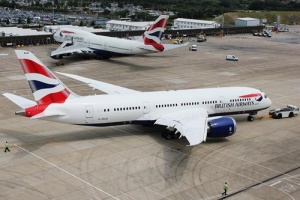New procedures could cut delays at Heathrow Airport

Heathrow has published a final report on the Operational Freedoms trial which concludes that new procedures should be implemented to improve resilience for the benefit of passengers.
Heathrow operates at full capacity, so any disruption to schedules can lead to late-running flights, inconvenience for passengers and planes burning more fuel as they wait to land.
The Operational Freedoms trial was designed to understand whether a more flexible use of the airport’s runways, in specific circumstances, could minimise this disruption.
The final report concludes that, on balance, the trial delivered useful operational performance improvements in some areas.
While they did not provide benefits significant enough to facilitate recovery from the most severe episodes of disruption, they did help to mitigate against, and recover more quickly from, less serious disruptive events.
The report recommends that specific operational freedoms be integrated into standard procedures as soon as practically possible, the use of which should be subject to strict qualifying criteria:
- TEAM (tactically enhanced arrivals measures): The use of both runways for arrivals when disruptive conditions prevail.
- Early Vectors: Early vectoring procedures allow aircraft to leave the designated departure route earlier than usual, making it possible for the next aircraft to depart sooner. It is recommended that early vectoring is permitted for departures on any route when departure delays are likely to impact operations.
- < Proactive Freedoms: Option to prioritise use of the southern runway for A380s, Terminal 4 aircraft and small/light wake vortex category aircraft for increased taxi and stand efficiency.

